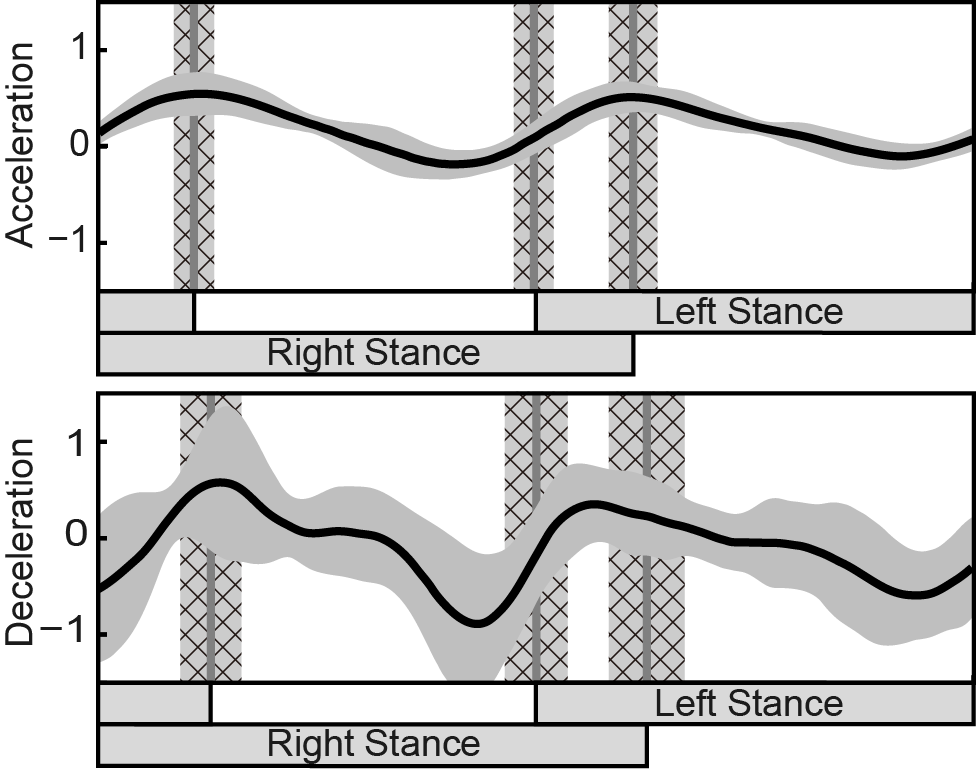September 2016 Issue
Research Highlights
Neurology: A closer look at walking control
Humans and animals tune their walking rhythms in response to their environment. If walking is disturbed in some way, the brain's neurons respond by altering the walking rhythm to maintain stability. Studying the physiological and neurological processes behind rhythm control can help scientists understand how we walk steadily and may inform future treatments for those with walking difficulties.
Previous research examined reactions to disturbance by pulling on the swing leg during the walking cycle. This, however, had no significant effect on the stance leg. Therefore, Tetsuro Funato at the University of Electro-Communications, Tokyo, Japan, together with scientists across Japan, decided to examine the reactions of people walking on a moving treadmill that randomly changed speed.
The team aimed to estimate the 'phase response curve', or PRC, for humans under a complete, but disturbed, walking cycle. Analysis of the PRC can reveal the behaviour of neurons and associated rhythm changes during a cycle. The researchers also assessed two methods of estimating the PRC; the conventional 'impulse method' and the newer 'weighted spike-triggered average' (WSTA) method.
Their results demonstrated that changing floor velocities affected human walking rhythm by lengthening the touch-down phase of the leading foot. The participants also extended the mid-single support phase, where only the stance leg is in contact with the floor. The researchers discovered these rhythm changes through clear, stable waveform patterns in the PRC estimated using the WSTA method. The WSTA method picked up smaller perturbations than the impulse method, and as such may prove more valuable for such investigations in future.
Reference
- Funato, T., Yamamoto, Y., Aoi, S., Imai, T., Aoyagi, T., Tomita, N., & Tsuchiya, K. Evaluation of the phase-dependent rhythm control of human walking using phase response curves. PLOS Computational Biology 12 (5) (2016)




